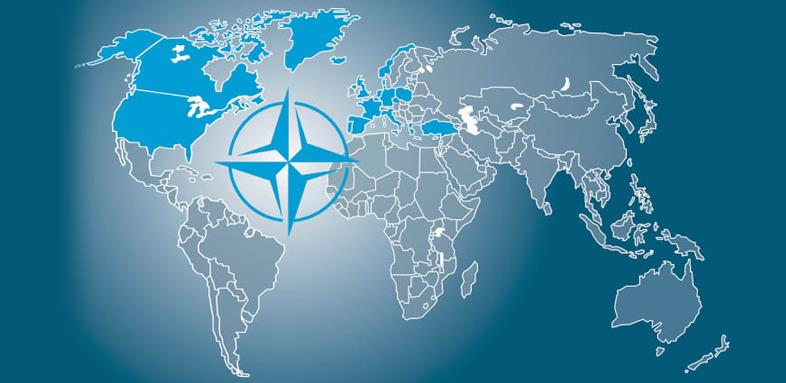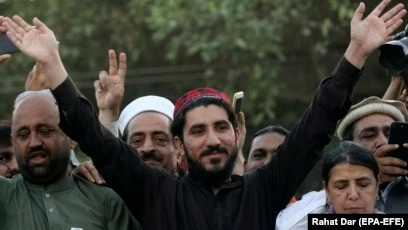NATO at a Crossroads

The North Atlantic Treaty Organization, better known as NATO, stands at a critical point in its decades-long existence. Formed in the aftermath of World War II to ensure collective security among Western allies, NATO once symbolized unwavering unity against common threats. However, the alliance today is confronting deep internal divisions, shifting global power dynamics, and questions over its long-term relevance. These factors have led many to wonder whether NATO is approaching a period of significant transformation or even decline.
One of the most glaring signs of strain within NATO is the evolving stance of the United States, traditionally the cornerstone of the alliance. Recent rhetoric from US leadership, particularly statements suggesting a more transactional or selective approach to collective defense, has caused unease among European members. Concerns are mounting that American commitment to Article 5, the collective defense clause that underpins NATO, may no longer be as guaranteed as it once was. This sense of uncertainty has grown, especially as U.S. domestic politics increasingly reflect isolationist tendencies and skepticism about international alliances.
As American foreign policy appears to shift, European countries are reconsidering their own defense postures. Leaders like French President Emmanuel Macron have been vocal about the need for Europe to achieve strategic autonomy. The argument is that Europe can no longer depend solely on the United States for security and must develop the capacity to defend itself. Germany, traditionally cautious about military expansion, has announced substantial increases in its defense spending, marking a shift in its postwar stance. Countries across the continent are investing more in defense cooperation and seeking ways to coordinate more effectively outside the NATO structure.
However, building a strong and unified European defense mechanism is easier said than done. Europe remains fragmented by differing national interests, military capabilities, and political priorities. While some countries see Russia as the primary threat and want to bolster their eastern flanks, others are more focused on instability in the Middle East or North Africa. These varying perspectives make it difficult to establish a single strategic direction. Furthermore, despite increased spending, many European nations still fall short of NATO’s defense budget expectations, exacerbating tensions with Washington.
Russia’s war in Ukraine has, paradoxically, both challenged and revitalized NATO. On one hand, it has exposed gaps in military readiness and the vulnerability of Eastern European allies. On the other, it has reminded members of the original purpose of the alliance: mutual defense against external aggression. The conflict prompted NATO to strengthen its eastern presence and accelerate defense planning. The inclusion of countries like Finland, with Sweden likely to follow, demonstrates that NATO still has the ability to grow and adapt. These developments suggest that while political will may waver, the security benefits NATO provides remain attractive to new members.
Another major challenge facing NATO is the rising influence of China and the broader shift in global power toward the Asia-Pacific region. While NATO was never intended to function as a global security body, its members are increasingly pulled into strategic competition with Beijing. Some in the alliance believe NATO should expand its focus beyond Europe and North America, while others argue this dilutes its core mission. As threats become more complex and interlinked, ranging from cyber attacks to economic coercion, NATO must navigate how to remain relevant in a world where traditional military conflicts are no longer the only concern.
Internal issues also threaten NATO’s unity. Questions about democratic backsliding among member states have raised concerns about whether all NATO countries still share the same values. Since the alliance is based not just on military cooperation but also on shared democratic principles, divisions over governance and the rule of law could undermine its cohesion. Additionally, disagreements over defense spending, foreign policy decisions, and arms procurement continue to spark friction among members. These disagreements are often aired in public, projecting an image of discord that adversaries could exploit.
Despite all these obstacles, it would be premature to declare NATO a failed or failing alliance. The organization has shown a remarkable capacity for adaptation over its 75-year history. It has expanded its mission from Cold War deterrence to include counter-terrorism, cyber defense, and crisis management. Its structures and command systems remain unmatched, and the logistical and strategic integration it offers still forms the backbone of Western military cooperation.
In reality, NATO is not on the verge of collapse, but it is undergoing a necessary and difficult period of evolution. The alliance must clarify its goals, manage diverging national interests, and modernize its strategic thinking. That means engaging in honest discussions about the burdens of collective defense, ensuring that members adhere to shared values, and preparing for new forms of conflict. NATO’s survival will depend not only on shared threats but also on a renewed commitment to cooperation, transparency, and adaptability. What lies ahead is not the end of NATO, but perhaps the beginning of its next chapter.











